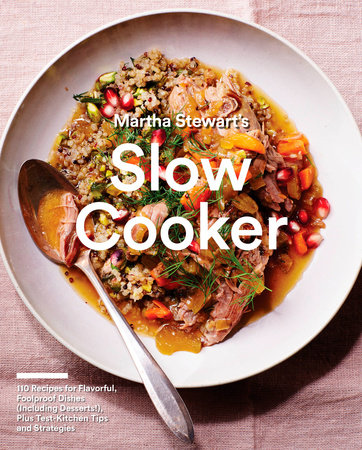Despite my slightly higher than average exposure to Japanese food and culture, I’ve not previously heard the word “otsumami.” Per Atsuko Ikeda’s new book, “Otsumami,” it’s the word “given to snacks and simple dishes, designed to be eaten alongside a drink.” I don’t drink much, but this cookbook caught my attention because the recipes more modern/more fusion than the Japanese cookbooks I own.
The book is divided into:
- Party planning
- What to drink with food
- Cocktails
- Furoshiki
- Essential Ingredients
- Kitchen Tools
- How to cook rice
- How to make dashi
- Sauces and dressings
- Flavoured miso
- Flavoured mayonnaise
- Simple light bites
- Meat and poultry
- Fish and seafood
- Vegetables
- Tofu and eggs
Some of the recipes I want to try are:
- Rainbow dips (the red dip – has baharat, pink – has beetroots, orange – has butternut squash and ras el hanout, green – has cilantro and lime juice, brown – has mushrooms, yellow – has tofu and turmeric)
- Ground meat on chicory
- Balsamic chicken wings (see link at the end of this post for the recipe)
- Meatloaf with ankake sauce
- Chicken dumplings
- Chicken ramen noodles in salty citrus soup
- Miso and maple marinated salmon
- Cold miso soup with smoked mackerel
- Mushroom and miso gratin
- Rolled Japanese omelette 3 ways
The first recipe I tried was the spicy tuna tartare on nori chips. It’s basically a twist on the filing that you would use inside a spicy tuna roll (which typically uses sriracha or chili oil). This version uses sushi grade tuna, pear, gochujang, soy sauce, sake, light brown sugar, garlic, toasted sesame oil, mayo, and fried nori chips (aka toriten). I did use plain nori instead of noriten but that’s because 1) I was lazy and 2) my Japanese market was missing the pre-made noriten on the snack shelves. It’s mostly for texture so I wasn’t too worried about it. I’m a fan of gochujang, so I really didn’t want to skip this recipe. Results? Lovely! The crunchiness/juiciness/sweetness of the fruit was a great contrast to the tuna/gochujang. And the gochujang changed the flavor enough to make feel new. While I liked it with the nori, I also took the route of serving it over white rice. I liked the rice version better but I think it’s because it made it feel more like a meal. If you’re truly aiming for serving apps and drinks, the nori chip version is the way to go.
The second recipe I made was supposed to be the cold miso soup with smoked mackerel, but my Japanese market didn’t have any shiso or myoga on hand (these ingredients are technically toppings, but they are bold flavors and I worried I was changing the recipe too much for this review by skipping both). Instead, I made Ikeda’s version of smacked cucumber. I’ve made a version of it before but the version I tried wasn’t interesting enough to stay in my cooking repertoire. This version has soy sauce, rice vinegar, toasted sesame oil, sugar, garlic paste, and toasted sesame seeds. (Shichimi spice mix is an optional ingredient. I left it out because I couldn’t remember where I had stored mine.) The recipe isn’t drastically different from what I’ve made before but the additional of the garlic puree definitely made it better. It also added just the tiniest bit of spiciness. The only swap I made was to use toasted black sesame seeds instead of white, because that’s what I had. It’s a simple and easy salad to prepare, and to wolf down. I made a half batch and finished it in one sitting. (Don’t let the photo fool you. There was a larger portion off camera.)
For people who like pictures with every recipe, this book isn’t it. But there are photos enough for me, and I think they’re well done. The styling is very cozy and warm looking. I’d rather this than lots of photos that I hate (super contrasted/pumped up colors, I’m looking at you). I’m optimistic that the rest of this book will be as good as the recipes I tested. That’s in part because I have Ikeda’s previous book, Atsuko’s Japanese Kitchen, and I liked that one a lot. (I realized halfway through Otsumami that the author was the same person. lol! I’m bad with people’s names.)
The book is out now, if you’d like to pick up a copy from your favorite book seller. If you do, let me know if you’re enjoying it as much I am.
Disclaimer – I kindly received a copy of this book from Ryland Peters & Small for this review. I’m not getting paid for this post. The views and opinions expressed are purely my own.
Reference Links:
https://rylandpeters.com/products/atsukos-japanese-kitchen?_pos=2&_sid=9795df4c3&_ss=r


